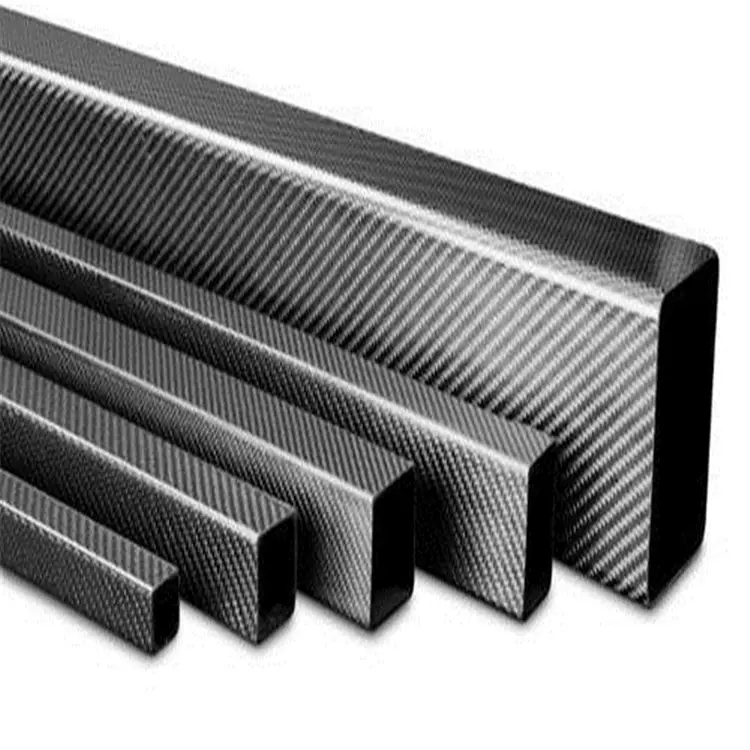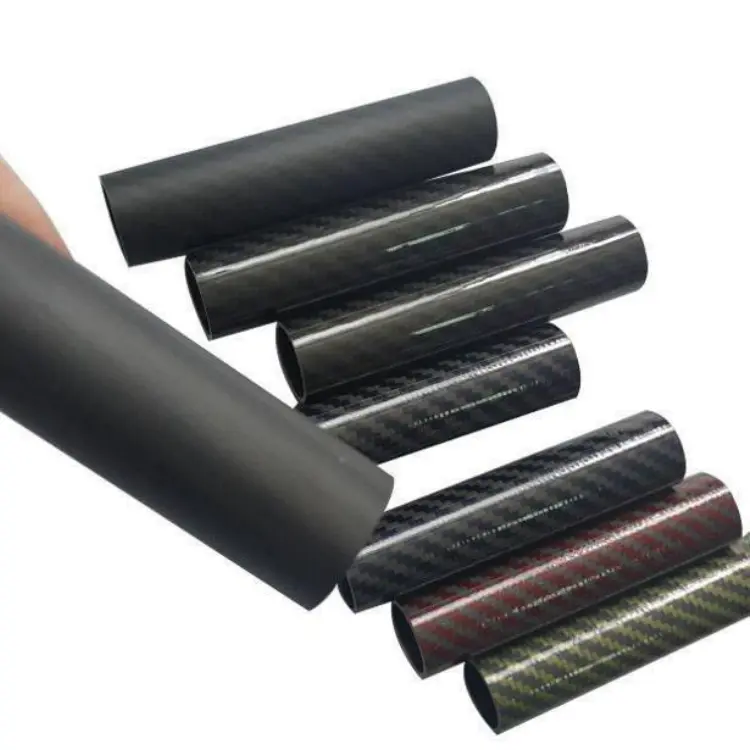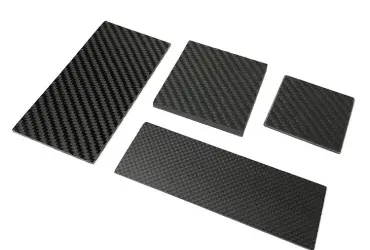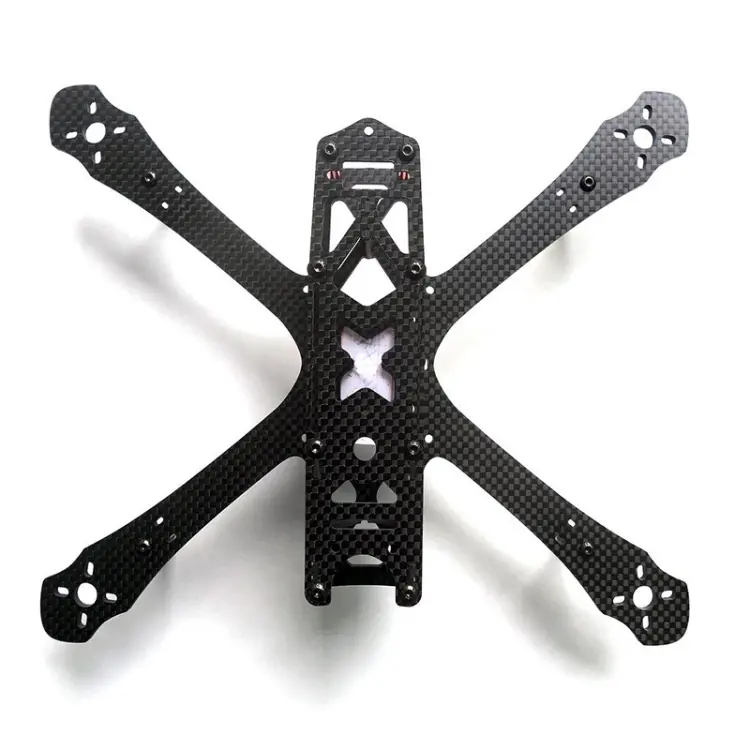Thin-Wall Rectangular Carbon Fiber Tubes: Lightweight Backbone for Industrial Frame Structures
From Material Advantages to Real-World Applications — A Comprehensive Overview
Author: Aohong Aerospace-Grade Carbon Fiber Technology Center
1. Why Industrial Frames Are “Shifting from Round to Rectangular”
In traditional steel or aluminum framing systems, round tubes are often the default. However, when lightweight design, high stiffness, and fast assembly become key performance indicators, thin-wall rectangular carbon fiber tubes stand out with three distinct structural advantages:
- Sectional Efficiency: For equal perimeter, rectangular tubes offer 50%–90% higher moment of inertia than round tubes, resulting in significantly less bending deformation.
- Assembly-Friendly: Flat surfaces on all four sides eliminate the need for milling or adapter plates; bolt/glue area increases by 40%, and joint stiffness improves by 25%.
- System Integration: The hollow core can house wires or hydraulic lines, while the outer surfaces can directly mount sensors or guide rails—achieving true “structure-as-cabling.”
2. Performance Profile of Thin-Wall Rectangular Carbon Fiber Tubes
| Key Parameter | Typical Range | Notes |
|---|---|---|
| Outer Dimensions | 20×20 mm – 80×40 mm | Customizable; wall thickness: 0.8–2.5 mm |
| Areal Density | 180–400 g/m² | Only 1/3 the weight of same-sized aluminum profiles |
| Specific Strength | 600–800 MPa / (g·cm⁻³) | 5–7× stronger than steel |
| Specific Stiffness | 130 GPa / (g·cm⁻³) | 4× that of aluminum alloys |
| Straightness | ≤0.1 mm/m | Supports high-precision assembly |
| Operating Temp. | –40 °C to +120 °C | Extended to 200 °C with special resin |

3. Four Real-World Use Cases in Industrial Frames
✅ Modular Robotic Skeletons
- Scenario: 7th-axis of cobots, SCARA extension arms
- Solution: 40×20×1.5 mm tube + embedded aluminum inserts + quick-lock blocks
- Result: 28% weight reduction; 12% increase in cycle speed
✅ High-Speed Inspection Equipment
- Scenario: PCB inline AOI gantries
- Solution: 60×30×2.0 mm tube + longitudinal/transverse UD reinforcement
- Result: Modal frequency increased from 78 Hz to 115 Hz; image jitter reduced by 40%
✅ Foldable Tactical Ladders / Rescue Bridges
- Scenario: Rapid deployment in fire & military operations
- Solution: 50×25×1.8 mm tube + hinged modular connectors
- Result: 2-meter segment weighs 1.9 kg, carries 300 kg—45% lighter than aluminum
✅ Ultra-Clean Gantry Beams
- Scenario: Wafer handling in semiconductor cleanrooms
- Solution: 30×30×1.2 mm tube + anti-static coating
- Result: 60% fewer surface scratches; motor power consumption ↓18%
4. Manufacturing Methods & Selection Guide
| Process | Wall Thickness Limit | Surface Finish | Cost Factor | Recommended Use Cases |
|---|---|---|---|---|
| Roll-Wrapping | 0.6–3 mm | 3K Twill Glossy/Matte | 1.0× | Small/medium batches, high precision |
| Pultrusion | 0.8–5 mm | UD Matte Black | 0.8× | High-volume, straight sections |
| 3D Braided RTM | 1–10 mm | Local thickening possible | 1.3× | Impact-prone, complex load cases |
5. Quick 3-Step Selection Method
- Input Loads: Bending moment (M), torque (T), max deflection (δₘₐₓ)
- Cross-Section Calculation: Use online tool to compute minimum wall thickness (tₘᵢₙ) and required moment of inertia (Iᵣₑq)
- Connection Confirmation: Choose from built-in aluminum inserts, external corner plates, or bonded insets; auto-generate full BOM
6. One-Sentence Summary
Thin-wall rectangular carbon fiber tubes embed “feather-light, steel-strong” performance into every millimeter of your industrial frame—helping your equipment run lighter, faster, more precisely, and longer.





